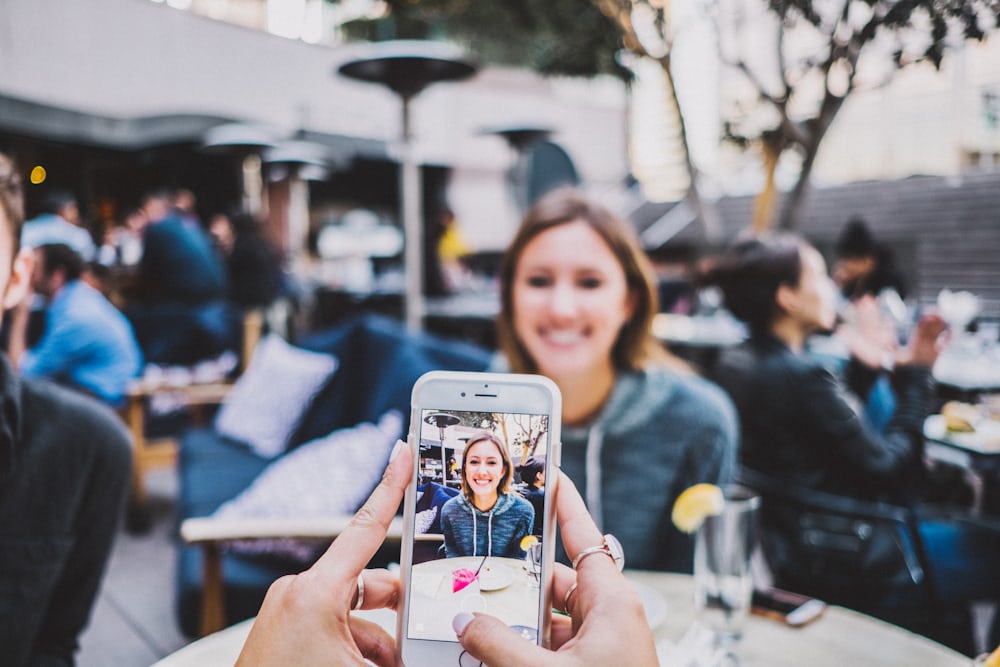Face swap tech is already changing the game for marketing, thanks to its convergence of artificial intelligence (AI) with in-depth levels of personalization and engagement. From the development of more realistic virtual avatars to the ability to generate interactive, immersive ad experiences, this groundbreaking technology is expected to change the way that brands can engage with their customers.
An especially fascinating development in this area is the application of machine learning models in platforms such as This Person Does Not Exist, which creates hyper-realistic synthetic faces using AI. These advances effortlessly integrate with marketing outreach, which in turn, has been driven forward creatively and to new limits, reinvented and raising the bar to what is attainable.
This post examines the implications of face swap technology for marketing, provides practical applications, and reveals the challenges our industry will face moving forward.
What Is Face Swap Technology?
Using computer vision and machine learning, face swap technology a kind of artificial intelligence-driven invention maps facial traits from one person onto another. Natural, seamless outcome is produced by spotting, evaluating, and combining elements including skin tone, lighting, and face emotions.
Originally well-known in entertainment and social media, it is gradually becoming more and more relevant in business marketing circles. Why is that? Because its uses let companies encourage closer interaction with tailored, creative material.
The Evolution of Face Swap Technology
Face switch started out as a fun tool available in apps like Snapchat. Today it has developed into a strong marketing tool with sophisticated features including scalable content generation and individualized avatars. Recent developments in facial analysis, more seamless blending methods, and the acceptance of ethical artificial intelligence rules reflect
Tech solutions like VidAU or deep learning-powered platforms let companies explore new degrees of creativity and turn every encounter into a chance to further engage the audience.
Applications in Marketing
Face swap technology is forging new marketing pathways. Below are ways this technology is being used to modernize campaigns:
1. Enhanced Engagement with Dynamic Content
By designing dynamic, attention-grabbing images that fit the target demographic, face swap lets companies involve their consumers. Customized video commercials including client faces, for example, have proved to increase emotional connection and general ad retention.
Using dynamic tools like these helps your ads transcend still images and into experiences people are more likely to remember and interact with.
2. Personalized Advertising
Personalization has become a non-negotiable in modern marketing. Face swap technology enables brands to include customer features (like their face) directly in ad visuals, offering hyper-targeted messaging.
For example:
- A fashion brand can showcase how a specific outfit looks on you before purchasing.
- A health and wellness company might place a user’s features into a lifestyle ad to showcase potential transformation.
Hyper-personalized campaigns using these methods consistently report better click-through and conversion rates, leading to stronger ROI. Brands using the brat generator, a simple, free online tool allowing you to create album covers in Charli XCX’s well-known Brat style, have leveraged custom visuals in social ads to deepen engagement and drive conversions.
3. User-Generated Content (UGC)
Face swap technology is uniquely positioned to amplify user-generated content. Here’s how:
- It enables customers to upload their images to preview products like clothing, makeup, or eyewear.
- Brands can then repurpose these user experiences into authentic, relatable ad content.
This process not only increases brand visibility but builds trust, as audiences often find UGC more credible than traditionally crafted advertisements.
How the Technology Boosts SEO Benefits
Integrating face swap technology into online campaigns doesn’t just improve personalization; it can also strengthen SEO strategies. Dynamic and customized content is more likely to rank higher in search engine results, as it attracts more attention and engagement.
- This technology allows for a unique and constantly changing visual element that can help improve website ranking and drive traffic.
- Additionally, user-generated content often includes relevant keywords and hashtags, which can further boost SEO efforts by increasing the chances of appearing in organic searches.
Staying Ahead of the Competition
Including face swap technology into marketing plans not only improves SEO and customer experience but also helps companies stay ahead of the rivals. Companies have chance to be early adopters and differentiate themselves from their rivals as this technology develops and is more popular.
- By incorporating dynamic visuals and personalized experiences through face swap technology, businesses can attract and engage customers in a unique and memorable way.
- Additionally, staying ahead of the competition in terms of SEO can lead to higher website traffic and potential conversions.
- As consumers become more accustomed to this technology, businesses that have already integrated it into their marketing strategies will have an advantage over those who are slower to adapt.



